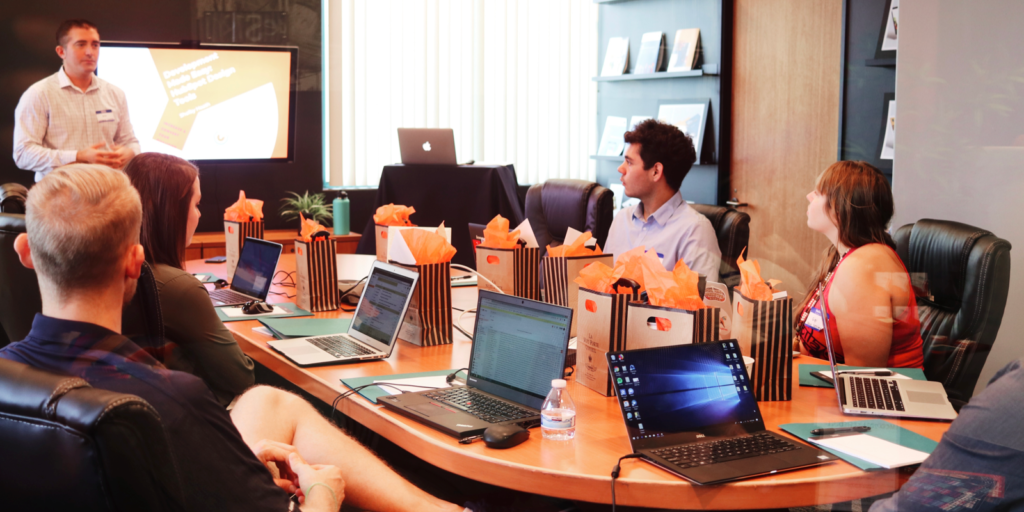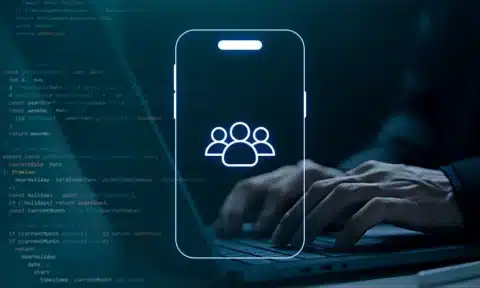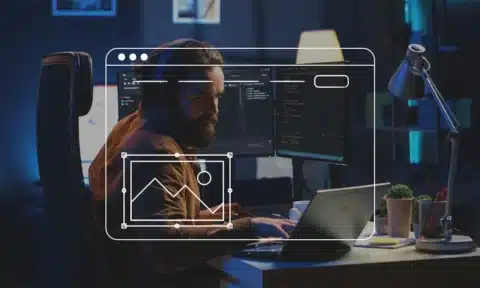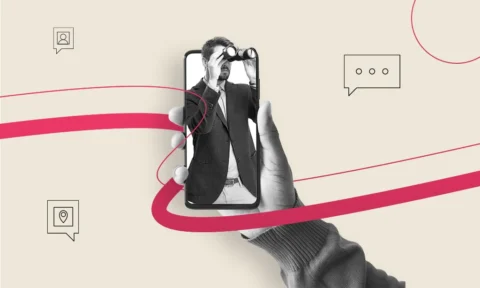Getting an app for your business is something that you’ve thought about for a while. You want your customers to have access to your products with just the touch of a button.
It’s a great idea; almost every company has a mobile application. And they can be convenient for bringing in new customers.
But mobile application development isn’t an easy task. Where do you start? What if something goes wrong while it’s in development?
You need a team of developers that you can trust. And you need a way to stay on top of development. Keeping track of deliverables might be what you need for this.
Read on to learn about deliverables for mobile applications and how they can help you through the development process.
What Are Deliverables?
So what exactly does “deliverable” mean in mobile application development?
These are physical products that your development team should be providing you as they work. They help you keep track of where your developers are in the process.
These deliverables will also tell you what your app is going to look like. You should be able to see what functions your app is going to have. These deliverables should even provide you with a map of your mobile application to understand where everything is located in it.
And, of course, this will ensure that your developers are providing the product you asked for. The last thing you want is for your developers to finish making your app only to realize that it won’t work for your business.
This is exactly why you want to stay on top of what your developers are doing. For them, these deliverables are a way to check in with you and ensure that you’re happy with their progress. You should make a checklist of what deliverables you want when you start this process to help you with this.
What Should Be On Your Checklist?
It’s hard to make a checklist if you don’t know what should go on it. The following deliverables are essential to ensuring that your app is being made the way you want it.
Storyboarding
You can’t create something without a solid foundation. For app development, a storyboard is going to be that foundation.
This is going to be the first thing your developers provide you with. This will give you a general idea of what different pages in your app will look like.
Functionally, this should be a series of concept drawings. This gives you and your developers a general idea of what the final product should be.
On your end, this will give you peace of mind that your developers understand your business. You can have confidence that they’re making your app the way you wanted it.
And if it doesn’t look like what you wanted, then this is the time to speak up. The earlier you realize that your developers don’t understand what you’re asking for, the easier it will be to fix that. Remember, at this stage, there isn’t any code written for your app yet.
For the developers, this can help them gauge if they imagine the same thing you are. You should be having a conversation with them at this point about any concerns or changes that you want to be made. Your developers want to deliver the product you asked for, so don’t be afraid to ask questions or request changes.
The developers can easily make those changes once they better understand what you want for your app. And now that they have a good idea of what their final product should look like, they can start working on how they’re going to get there.
Wireframing
Wireframing is going to be a lot more detailed than the storyboard. This is going to give you an idea of how the app is going to be arranged.
This isn’t meant to be a great work of art. Think of it as a roadmap for your mobile app.
It should show you which pages lead where and what they do. This gives you an idea of what your customers are going to see when your app launches. You should be able to visualize what it will be like to use this app at this stage.
It will also have notes on the sides about certain aspects of the app that developers can reference later when they start coding. These should give you a good idea of the thought process behind the app’s structure.
Keep in mind that this isn’t necessarily what the app is going to look like. This is to give you an idea of the layout and functions of your app.
Take your time to study this. Again, don’t be afraid to ask questions. If something doesn’t look quite right, then let your developers know now. That way, they can make any necessary changes before they even start coding your app.
This lets them know that they’re still on the same page as you on the developer’s side. So once you’re satisfied with the wireframing, this gives them the green light to move on to coding.
Prototyping
The prototype is going to be the first digital version of your app. It is going to be the closest you get to the final product before it’s completed.
This is going to serve to demonstrate the actual appearance of the app. It will show you where all functions in the app are located and how to use them.
On the developer’s side, this helps them determine that the code itself is working. There’s no point in launching an app that doesn’t work after all. And it’s not why you hired your developers either.
On your end, this lets you ensure that everything in the app is to your liking. Does it have all the functions you wanted? Are the colors and text right?
Again, take your time going through the prototype. Be sure to raise any concerns about bugs you might find. This gives your developers a chance to address and correct any issues the app might have before it launches.
It also gives them a chance to make aesthetic changes to the app that they want quickly. Again, you should be conversing with your developers about your vision for this app at all stages of the process. This allows them to easily and quickly make any changes that they want.
Once that’s done, your developers can move on to getting your changes made and working out any flaws in the code. That leads them seamlessly into creating the final product for you and your customers to enjoy.
User Interface
The user interface is the visual element of your mobile application design. There are a few things you should be looking for when your developers provide this to you.
The first thing you should be looking at is the language used in the app. Is it accurate for your business? Is it relevant at all?
This is arguably the most important thing you can do for your mobile app. If the information on it is inaccurate or irrelevant, then this will lead to confused customers. This can lead to them going and finding a different business to purchase from instead.
Then you want to look at the font. Does it make the words too difficult to read? Is it too bright and flashy?
The last thing that you want is for your app to be unusable because of a bad font. You don’t want it to cause headaches or frustration. That’s why it’s important to make sure that your text’s font is legible.
The next thing you want to look at is graphics and colors. You want these to be welcoming and representative of your business. But you should beware of flashing graphics and movements.
These can trigger seizures in some people. And while you might want your app to be exciting and keep people’s attention, you don’t want to cause people medical issues. Keeping these problems out of your app is a good way to make your app accessible to everyone.
Development
This is the actual coding involved in creating your app. Your development team will be using everything they’ve learned from the storyboards, wireframing, and prototypes to start making your final product.
The previous steps should give you and your developers an idea of how long it will take to complete this. This will take some time, especially if your app has a lot of parts to it. But at least now you have a timeline in mind.
Because this step can seem rather daunting, your developers might decide to break it up into smaller chunks. This will help them get the job done in a way that feels more rational to them. It also means that you can get frequent progress updates and see how different functions are working in your app as they’re added.
But on your end, the best thing you can do is wait. When you receive an update, review it carefully. This way, your developers can go back and fix things for you before they move too far along into another piece of the project.
The result of this stage will include both frontend and backend development of your app. The front end refers to the parts of the app that your customers will see and interact with. The front end communicates with the backend, which then interacts with the server to give the front end what you originally requested.
This is also where your developers will install mobile application security.
This means that your app is completed and fully functional now, but there’s still some work for the developers to do before it can launch.
Testing
Finally, the last thing your developers need to do before you can launch is mobile application testing. This means that you’re going to play around with the app and make sure that everything works.
This is going to involve its checklist. Your developers should have a list of every function in the app that needs to be tested. If something is wrong, then this is their time to correct it.
There should also be beta testing done at this stage. This means that people who were previously uninvolved in this process are brought in to try the app before it launches.
These beta testers might be given a specific list of things to look for while beta testing. Once this is completed, they should be allowed to use the app as they normally would. This gives you a better idea of how well the app will work in real-life situations.
Beta testers should be interviewed about any bugs or issues they had with the app. They should be asked what they liked and didn’t like about it. And they should also be asked to give a general review of how enjoyable it is to use.
This will give you an idea of what kind of people would be interested in your app in the first place. It tells you if your app is what consumers are looking for. And above all, this gives you an idea of how successful your app will be.
Start Developing Your Mobile Application Today
If you’re ready for your business to have its mobile application, then these deliverables will help guide you through where your developers are in the process. It also ensures that they provide you with the product you requested. You need developers that you can trust working on your project, however.
That’s why you should trust Nizek. We help hundreds of companies launch their own software and mobile applications every day. And our experts are here to help you through every step of the process.
Hire us today and see what we can do to help you and your business.



